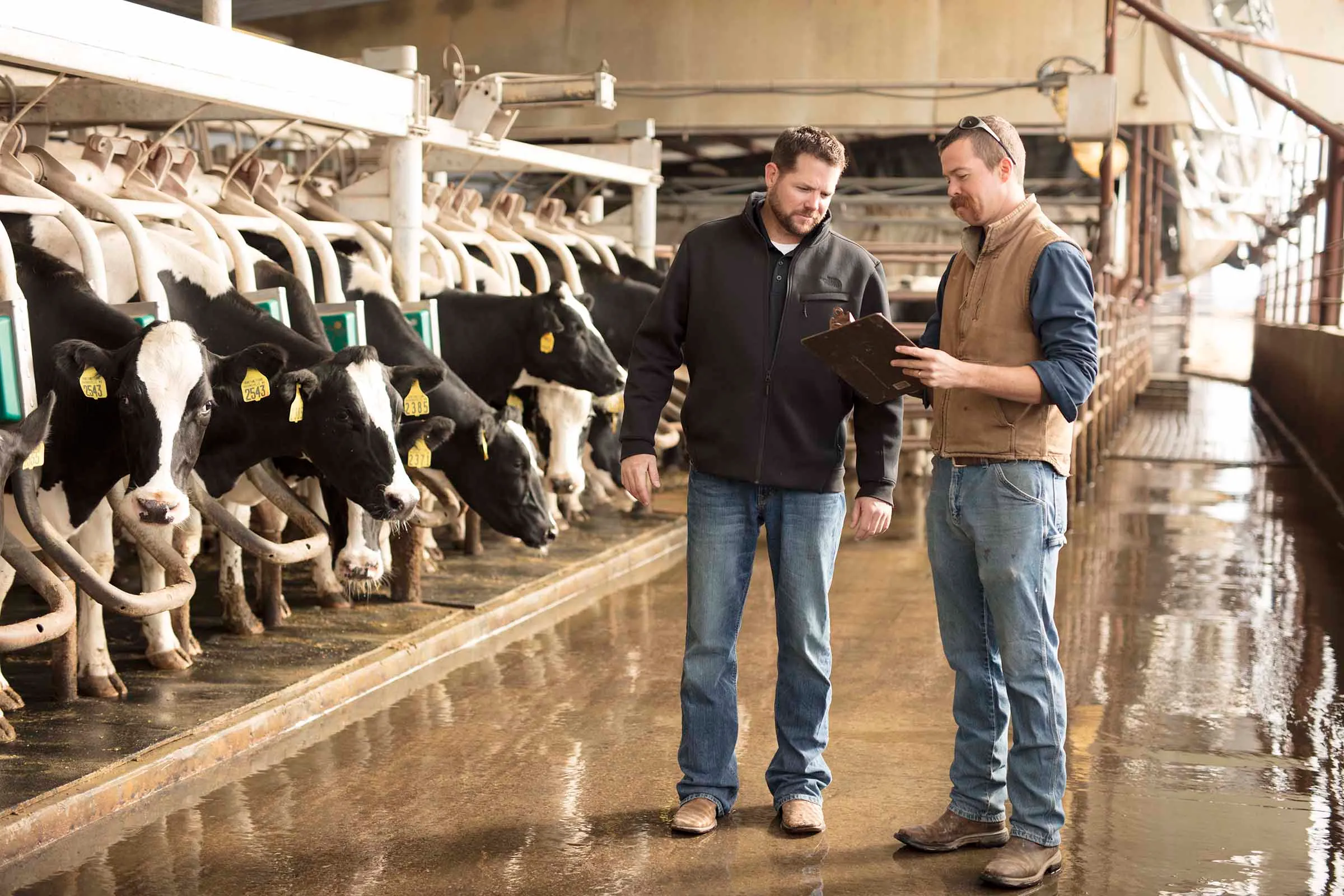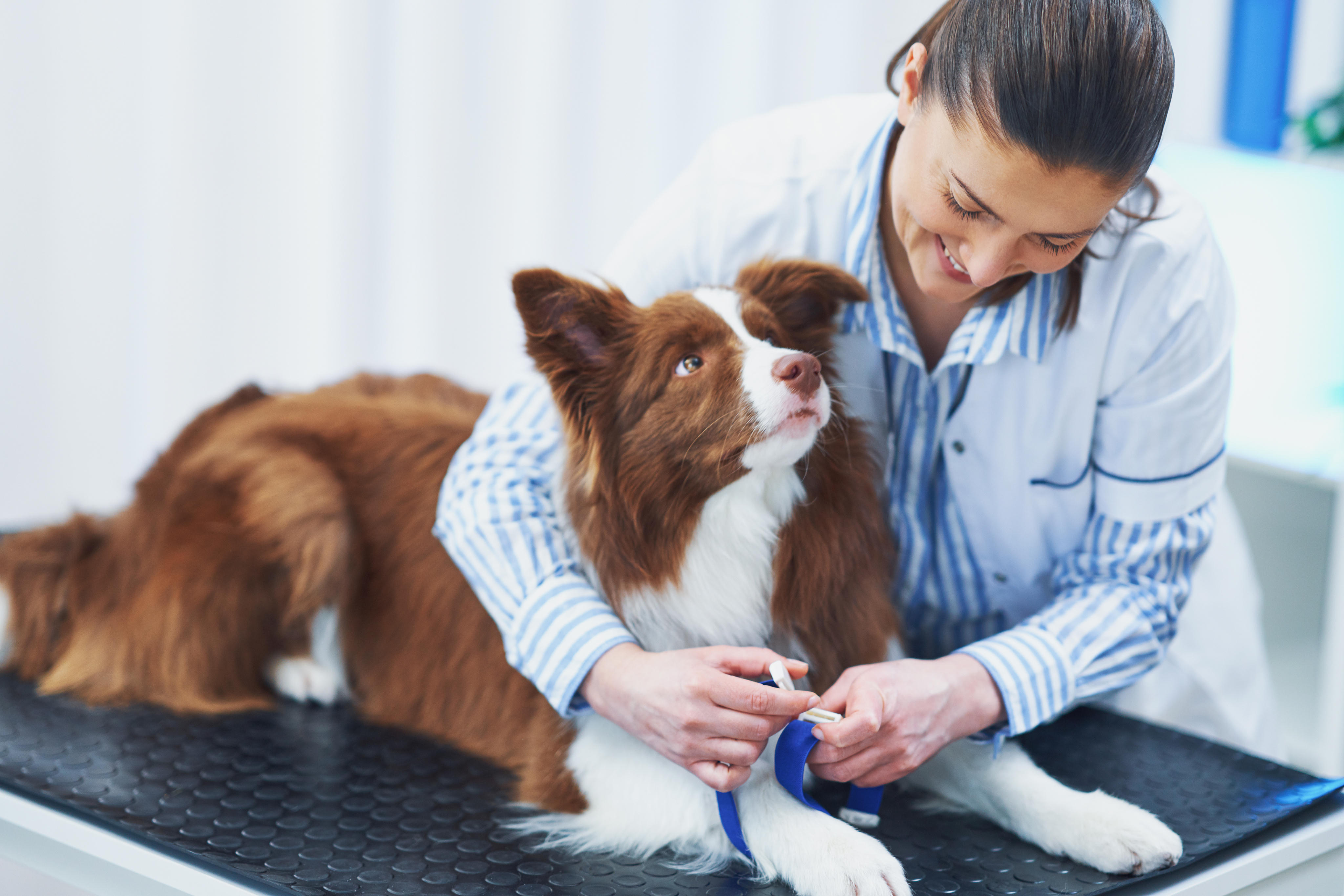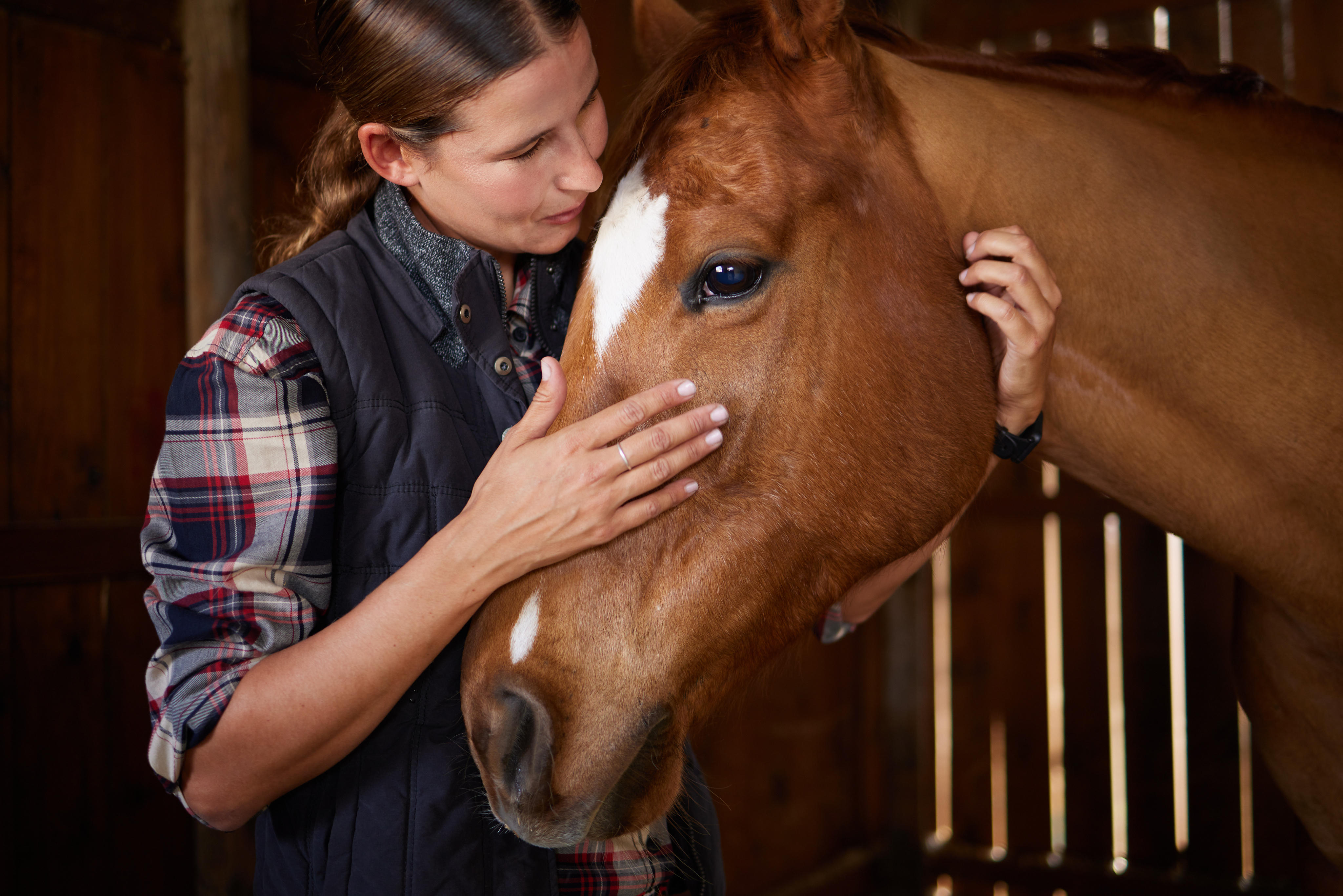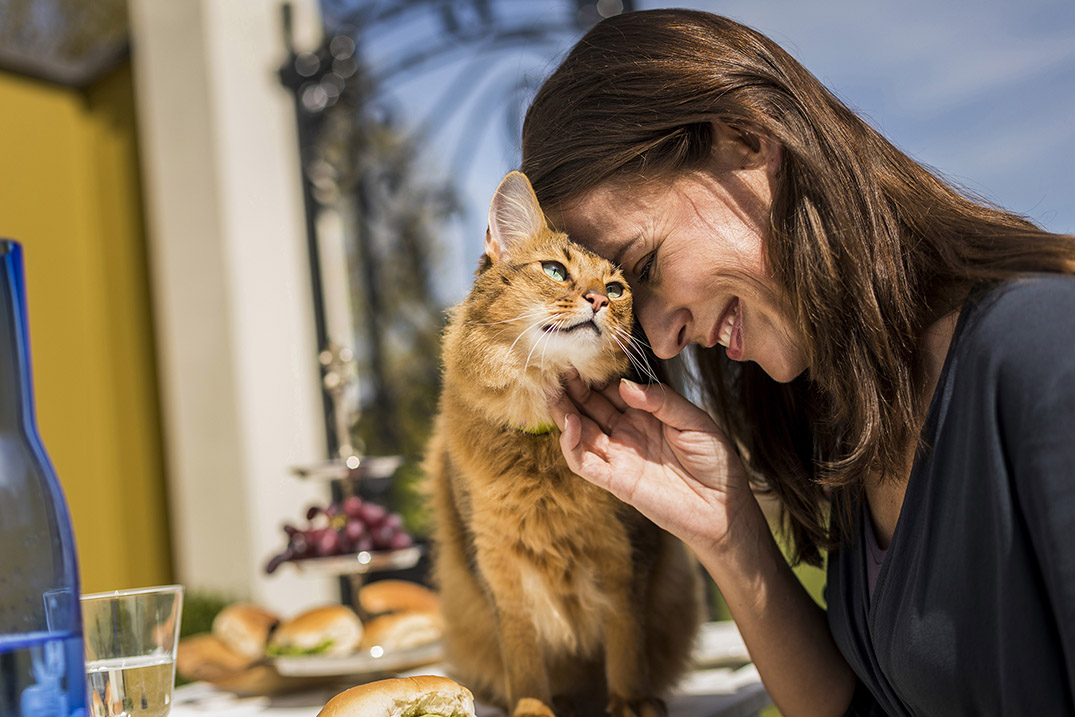Canine 1-DAPPv
A proven foundation for vaccine protocols. Canine 1-DAPPv is a combination vaccine approved for protection against canine distemper virus, adenovirus type 1 and 2, canine parainfluenza virus, and canine parvovirus.
Product Description
NOBIVAC® CANINE 1-DAPPv provides protection against:
Canine Distemper Virus, Canine Adenovirus type 1, Canine Adenovirus type 2, Canine Parainfluenza Virus, Canine Parvovirus (modified live viruses).
- Protects against all known strains of CPV, including CPV-2c2,3
- High antigenic mass (titer), low passage parvovirus vaccine
- Canine vaccine containing CPV-2b, one of the most prevalent field strains of parvovirus
- Protects against 2 types of adenovirus that cause hepatitis and respiratory disease in dogs
- Provides disease coverage for commonly spread canine viruses, distemper, adenovirus types 1 and 2, parainfluenza and parvovirus in 1 formula
- First to publish data showing protection against CPV-2c challenge2
- Multiple studies demonstrate the ability to override maternal antibodies1
Indications:
Shown to be effective for the vaccination against canine distemper virus, canine adenovirus type 1 (hepatitis), canine adenovirus type 2 (respiratory disease), canine parainfluenza virus and canine parvovirus.
ADMINISTRATION AND DOSAGE
- Subcutaneous or intramuscular injection
- Primary vaccination may begin as early as 6 weeks
- Repeat dose at 2 to 4 weeks later.
- Two doses are required for primary immunization.
- Historically, annual revaccination has been recommended for this product. The need for this booster has not been established. For more information on revaccination frequency, in general or in the face of maternal antibody, consult your veterinarian or the manufacturer.
- Available in a 25 x 1 mL dose presentation
ALSO AVAILABLE IN OTHER FORMULATIONS
DISEASE INFORMATION
MORBIDITY THREATS
- Signs vary from a slight fever to death.
- The mortality rate ranges from 10%–30%.
- Severely infected dogs may develop convulsions from forebrain damage.
- Paresis, ataxia and central blindness have also been described.
- In ~25% of recovered dogs, bilateral corneal opacity develops.
SPREADING DISEASE
- The virus is spread in the feces, urine, blood, saliva, and nasal discharge of infected dogs.
- Contracted through the mouth or nose, where it replicates in the tonsils.
- The incubation period is 4 to 7 days.
DIAGNOSIS
Abrupt onset of illness and bleeding suggest ICH, although clinical evidence is not always sufficient to differentiate ICH from distemper (see Canine Distemper).
Efficacy & Comparisons
NOBIVAC® CANINE 1-DAPPV—A PROVEN FOUNDATION FOR VACCINE PROTOCOLS
D–CANINE DISTEMPER VIRUS (CDV)
- Onderstepoort-type strain in Nobivac® vaccines provides a high level of safety1
A–CANINE ADENOVIRUS TYPE 2 (CAV-2)
- Protection against CAV-1 and CAV-2 without the side effects associated with modified live CAV-1 vaccines1
P–CANINE PARAINFLUENZA VIRUS (CPIV)
- Systemic administration stimulates a strong IgG response1
PV-CANINE PARVOVIRUS (CPV)
- Protect against all known strains of Canine Parvovirus (CPV), including CPV-2C2,7,8
PROVEN IN AN INDEPENDENT STUDY BY LARSON AND SCHULTZ2
- No clinical signs of disease were seen in Nobivac-vaccinated puppies after challenge with mixed CPV-2b and CPV-2c strains2
- First published data showing protection against CPV-2c challenge2
- All vaccinated puppies were protected from disease
- All control puppies developed disease and 50% died or were euthanized
PROTECT AGAINST ALL KNOWN STRAINS OF CANINE PARVOVIRUS (CPV), INCLUDING CPV-2C2
PROVEN IN AN INDEPENDENT STUDY BY LARSON AND SCHULTZ2
- No clinical signs of disease were seen in Nobivac-vaccinated puppies after challenge with mixed CPV-2b and CPV-2c strains2
- First published data showing protection against CPV-2c challenge2
- All vaccinated puppies were protected from disease
- All control puppies developed disease and 50% died or were euthanized
Professional Resources and Educational Materials
Keep your clinic and staff informed and aware of diseases and outbreaks.
View More Nobivac ResourcesEBook
Quick Guide to Lepto
A handy guide to protect dogs and prevent the spread of leptospirosis.
Digital Assets
Nobivac® Social Media Kits
Use these ready-to-share posts to educate pet parents and drive business to your clinic for preventative care.
SOP
AAHA Canine Vaccination Guidelines
In-depth information about canine vaccinations and veterinary best practices.
References




 Go To United States
Go To United States Algeria
Algeria Argentina
Argentina Australia
Australia Austria
Austria Bahrain
Bahrain Belgium (Dutch)
Belgium (Dutch) Brazil
Brazil Canada (English)
Canada (English) Chile
Chile Colombia
Colombia Croatia
Croatia Czech Republic
Czech Republic Denmark
Denmark Ecuador
Ecuador Egypt
Egypt Finland
Finland France
France Germany
Germany Greece
Greece Hungary
Hungary India
India Indonesia
Indonesia Iraq
Iraq Ireland
Ireland Israel
Israel Italy
Italy Japan
Japan Jordan
Jordan Kuwait
Kuwait Lebanon
Lebanon Malaysia
Malaysia Mexico
Mexico Morocco
Morocco Netherlands
Netherlands New Zealand
New Zealand Norway
Norway Oman
Oman Panama
Panama Peru
Peru Philippines
Philippines Poland
Poland Portugal
Portugal Qatar
Qatar Romania
Romania Russian Federation
Russian Federation Saudi Arabia
Saudi Arabia South Africa
South Africa South Korea
South Korea Spain
Spain Sweden
Sweden Switzerland (French)
Switzerland (French) Taiwan
Taiwan Thailand
Thailand Tunisia
Tunisia Turkey
Turkey Ukraine
Ukraine United Arab Emirates
United Arab Emirates United Kingdom
United Kingdom Uruguay
Uruguay Yemen
Yemen Global
Global